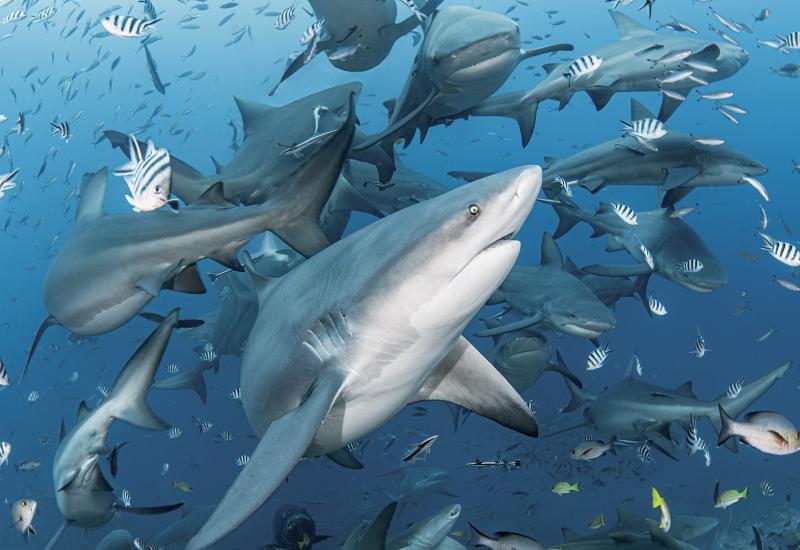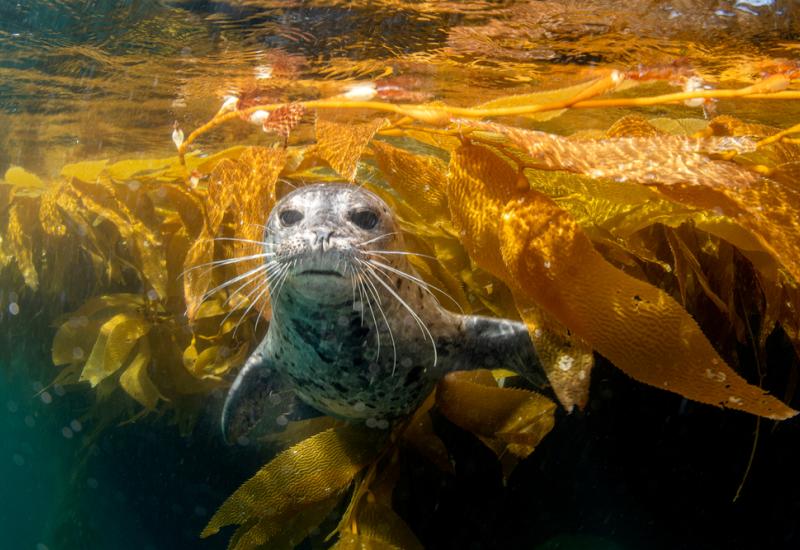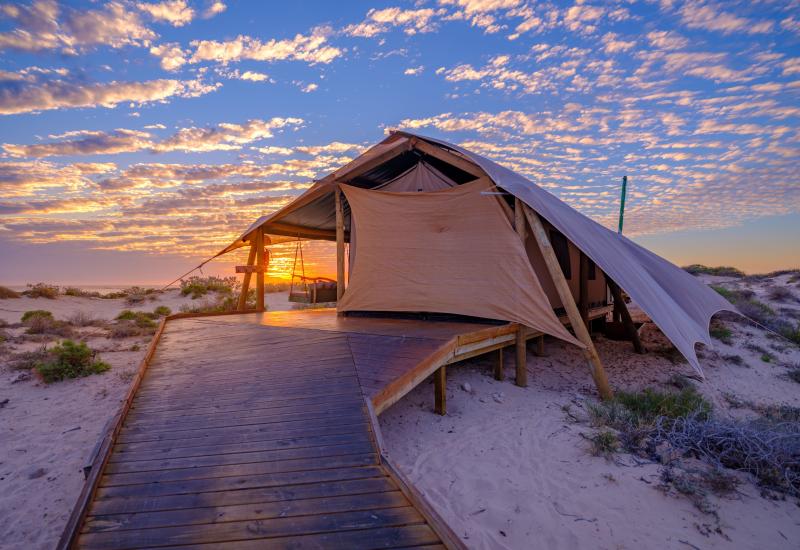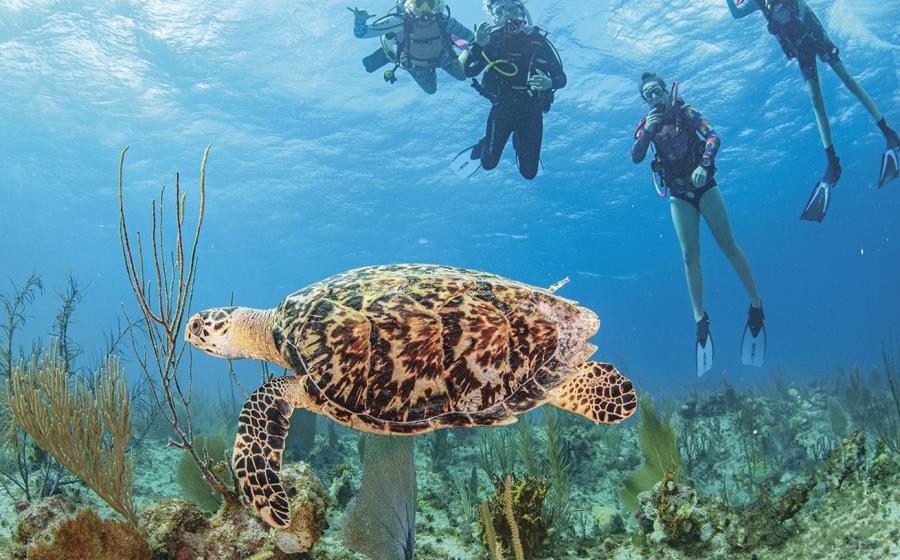Divers Guide: Tasmania

Brandon ColeClose-up photos, like this detail of the top of a sea star, become magical with magnification.
Divers Guide to Tasmania
Averagewatertemp>> 50 to 60 degrees Fahrenheit, winter to summer.
What towear>> Dry suit or full 7mm wetsuit.
Average viz>> 30 to 100 feet plus, with the best clarity in winter (June through September).
Conditions>> Currentsrange from mild to wild depending on the site and Poseidon’s whim, so pay attention to briefings and dive within your limits. Surge can also be present.
Depth>> From 10 to 140 feet, with the best sponge gardens usually below 100 >> For more information, go to discovertasmania.com.au.
Don't-Miss Dives
Munro Bight kelp forest>> Kelp beds used to line the east coast of the Tasman Peninsula, but due to global warming, most of them have disappeared. Dive in this swaying jungle in 30 to 60 feet to see banded stingrays, draughtboard sharks and schools of bastard trumpeter.
Golden Bommies, Bicheno>> An advanced site (90 to 130 feet), this is one of Tassie’s premier sponge gardens, with a profusion of sea whips, sponges, and carpets of yellow zoanthids, which give these pinnacles their name.
Waubs Bay, Bicheno>> Great day or night, this mellow, shallow (10 to 45 feet) shore dive has an easy entry next to the seawall, which transports you to a kelpy reef, home to seadragons, seahorses, nudibranchs, abalone, cowfish and so much more.
Ecosystems
If you've ever seen The Princess Bride, but haven't seen the Cape Pillar sea cliffs, check them out. It'll give a whole new meaning to the "Cliffs of Insanity." The sheer dolerite Cape Pillar sea cliffs are the tallest in the Southern Hemisphere at around 1,000 feet.
Below surface, warming oceans and sea urchin infestation have wreaked havoc on Tasmania's giant kelp forests. Still, Tasmania's cool, nutrient-rich waters support lush invertebrate growth, like sponge gardens, and foster much sea life. Sea whips, crinoids and sponges cover the dive site. Hundreds of butterflyfish perch or hover over sponge gardens in Trap Reef. There are also wrecks like the SS Nord, whose propeller dwarfs even the tallest divers, and spiny lobsters that pack into splits on reef walls at Deep Glen Bay.
Keep exploring and you'll find giant boulders at Governor Island Marine Reserve off Bicheno, where rocks are covered in red Corynactis sea anemones and Australian swellsharks, or draughtboard sharks, swim through the kelp forest. These small, spotted sharks grow to about 5 feet long and are endemic to Australia.
Divers Day Off: There's no shortage of offgassing opportunities in Tasmania.
On the Tasman Peninsula >> Hike the half-day Cape Hauy track, leaving Fortescue Bay for breathtaking views down sheer dolerite cliffs onto the Candlestick and Totem Pole sea stacks.
Take an ocean eco-cruise between Eaglehawk Neck and Port Arthur with Tasman Island Cruises to be dwarfed by majestic sea cliffs and spot abundant wildlife, including albatross, seals, dolphins and possibly whales. tasmancruises.com.au
Stroll back through time for a glimpse into Tassie’s history at the Port Arthur historic site, a former timber station turned harsh penal colony for Britain’s worst criminals.
Come face to face with everyone’s favorite carnivorous marsupial at the Tasmanian Devil Conservation Park, plus see other native wildlife, including quolls, wombats and paddemelons.
In the Bicheno area >> Take a night tour to see wild blue fairy penguins. bichenopenguintours.com.au
Feast on killer, creative pizzas and abundant local, organic fare at Pasini’s Café.
Paddle a sea kayak for a day (or longer) in the Bay of Fires Conservation Area, north of Bicheno.
Explore picturesque Freycinet National Park, where you can picnic on the perfect beach in Wineglass Bay, photograph the pink granite peaks of the Hazards Range, and trek for one day (or more), with accommodations ranging from the tent you pack on your back to luxury eco-retreats.
Want to see what to expect in Tasmania? Check out Dive Tasmania: Under Down Under.










